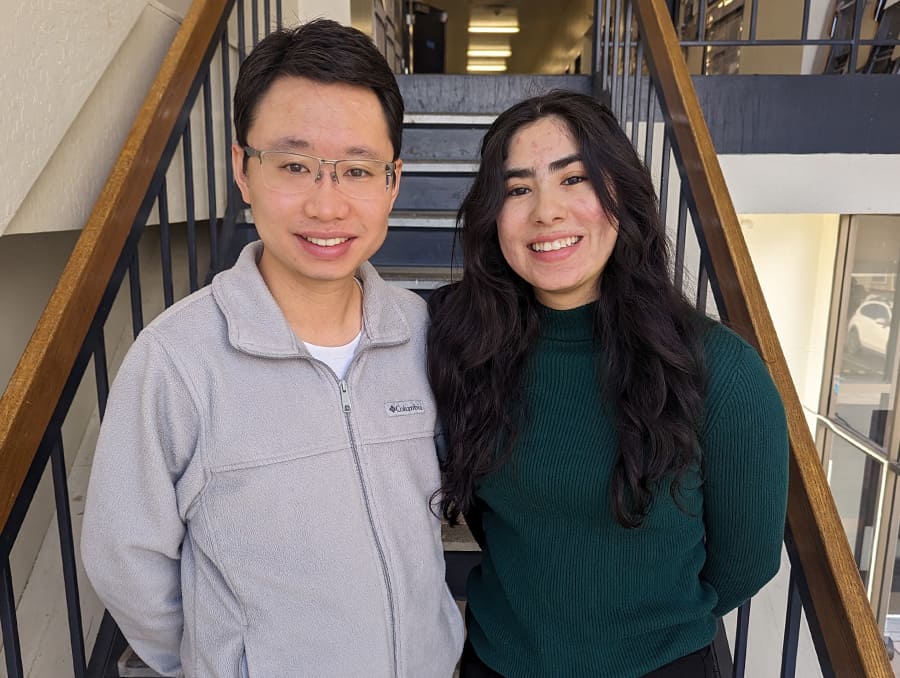Paola Miramontes, a sophomore student studying in the Department of Natural Resources and Environmental Science, recently published her first paper with Assistant Professor Li Li of the School of Public Health. Her research focused on liquid crystal monomers, man-made substances used in everyday electronics that have the potential to infiltrate indoor spaces and pose health risks.
Miramontes was inspired by the environmental pollutants associated with these substances and decided to investigate their implications further. Working with Dr. Li provided her with the opportunity to explore new aspects of environmental science and utilize techniques not covered in traditional classroom settings. The interdisciplinary nature of their research combined Li’s focus on public health with Miramontes’ ecological background, allowing them to identify the effects of liquid crystal monomers on both humans and wildlife.
Miramontes found the experience of working on this research project with Li to be invaluable. She learned about the research process, project implications, and felt better prepared to tackle future research opportunities. For students interested in conducting research at the undergraduate or graduate level, exploring the interdisciplinary research opportunities available at the University is highly encouraged.
The American Chemical Society recently featured Miramontes on its cover for her publication on liquid crystal monomers. This recognition is a testament to her dedication and hard work towards advancing scientific knowledge.
Assistant Professor Li recognized Miramontes’ genuine curiosity and passion for science when she reached out to him following one of his courses. Despite initial doubts due to her sophomore status, he saw these qualities as essential for making advancements in scientific research.
Liquid crystal monomers are widely used in everyday electronics such as smartphones, televisions, and computers. However, they also have the potential to enter indoor spaces through air vents or water sources, posing health risks if ingested or absorbed through skin contact.
Miramontes’ study aimed to model-based understand how these substances behave within living organisms and identify potential health risks associated with exposure.
The study utilized computational methods such as molecular dynamics simulations to model liquid crystal monomer behavior within cells. These simulations allowed researchers to identify specific interactions between liquid crystal monomers and cellular components that could lead to adverse effects.
The study provides valuable insights into how liquid crystal monomers can affect human health and highlights areas where further investigation is needed.
Overall, this interdisciplinary collaboration between Miramontes and Li demonstrates how diverse fields of study can come together to address complex scientific challenges.


